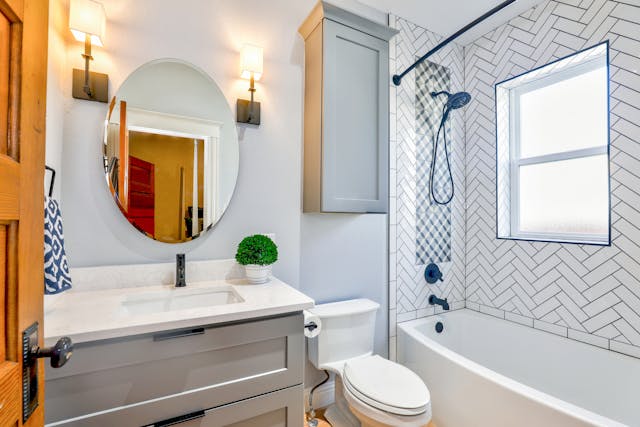
When did people first use mirrors? People have been using mirrors since 8,000 years ago, but the modern mirror that we use today was invented in 1835.
The first mirrors that people used were presumably puddles of water. Other than water, there are not really any natural mirrors. If we want to use a mirror, we need to make one. The oldest manufactured mirror that has ever been found was an 8,000-year-old mirror from Anatolia, which is where modern Turkey is. This mirror was made of obsidian, which is natural glass that is formed when lava from a volcano cools very quickly. The mirror was slightly curved and when it was polished, it showed a pretty good reflection.
Mirrors evolved alongside the available technologies. There were other mirrors made of polishable stones, like obsidian. Then, when the Bronze Age arrived, people made mirrors out of polished copper or bronze. Some people use polished silver. The earliest examples of these were found in about 4,000 BC in Mesopotamia. Copper and silver mirrors would have been very expensive and the majority of people never set eyes on a mirror in their lifetimes. Another problem with metal and stone mirrors is that they don’t create a very good reflection. The reflection will become the color of the mirror the person is looking into. If they are looking into a copper mirror, their reflection will be copper colored. The reflection would also not be very clear and the mirrors have to be constantly polished to make sure there are no impurities on them.
Things started to change when people worked out how to make glass somewhere in the Roman Empire. Glass could only be blown into round shapes, but the glass blowers could press the end of the glass bubble into an almost flat shape which they would set on molten metal, usually lead. Molten lead is obviously hot and the glass often cracked, but if it didn’t, they could break off the bottom of the bubble and have a slightly curved, very expensive mirror.
There was another jump in the evolution of mirrors that came with improvements in the art of glass blowing. In the 16th century, glassmakers in France worked out that if they blew a long cylinder of glass and then spun it, they would get large sides that they could cut into rectangles and then press to make plate glass. There were improvements made upon this in Germany and Venice and it was the Venetians who realized they could make mirrors with the plate glass. They stuck the plate glass to a flat piece of tin using mercury. It took over three weeks to make a mirror. The mercury was spread on, the glass laid on top, then left to dry on a slanted table so the unused mercury could run out. Once the mirror was dry, it had to be picked up and it was common for a mirror to shatter. Because of this, they were very expensive. Mercury is also highly toxic, which caused a lot of illness and death among mirror makers. Venice was the center of the mirror world and mirrors were rare and very expensive. That is until people in France worked out how they were being made and manage to industrialize it. Mirrors became cheaper and spread, but they were still not very good.
Modern mirrors are made of a plate of glass with a thin backing of silver and a layer of paint on the other side to protect the back of the mirror. This type of mirror was invented in 1835 by a German chemist called Justus von Liebig. The dangers of mercury were becoming apparent, and he wanted to both make mirrors that weren’t dangerous to make and were more accurate for scientific purposes. Tin and mercury mirrors were not that accurate. He came up with a method of coating the back of a piece of plate glass with metallic silver. It took him a while, but by 1856, he had worked out how to make the silver perfectly smooth and free of blemishes. He had to add copper to a combination of silver nitrate and sugar. Unfortunately, his mirrors were not very popular, although this was more to do with the quality of glass that could be produced at the time and not his silver backing. It was only towards the end of the 19th century that perfectly clear glass could be made and perfectly clear mirrors became possible. Once mass production became possible, mirrors became much cheaper and almost everybody owned one for the first time in history. And this is what I learned today.
Photo by Christa Grover: https://www.pexels.com/photo/oval-mirror-near-toilet-bowl-1910472/
Sources
https://www.brown.edu/Departments/Joukowsky_Institute/courses/13things/7306.html
https://pubmed.ncbi.nlm.nih.gov/17041324
https://en.wikipedia.org/wiki/Mirror
https://en.wikipedia.org/wiki/Justus_von_Liebig
https://vision2form.nl/mirror_history-old.html
